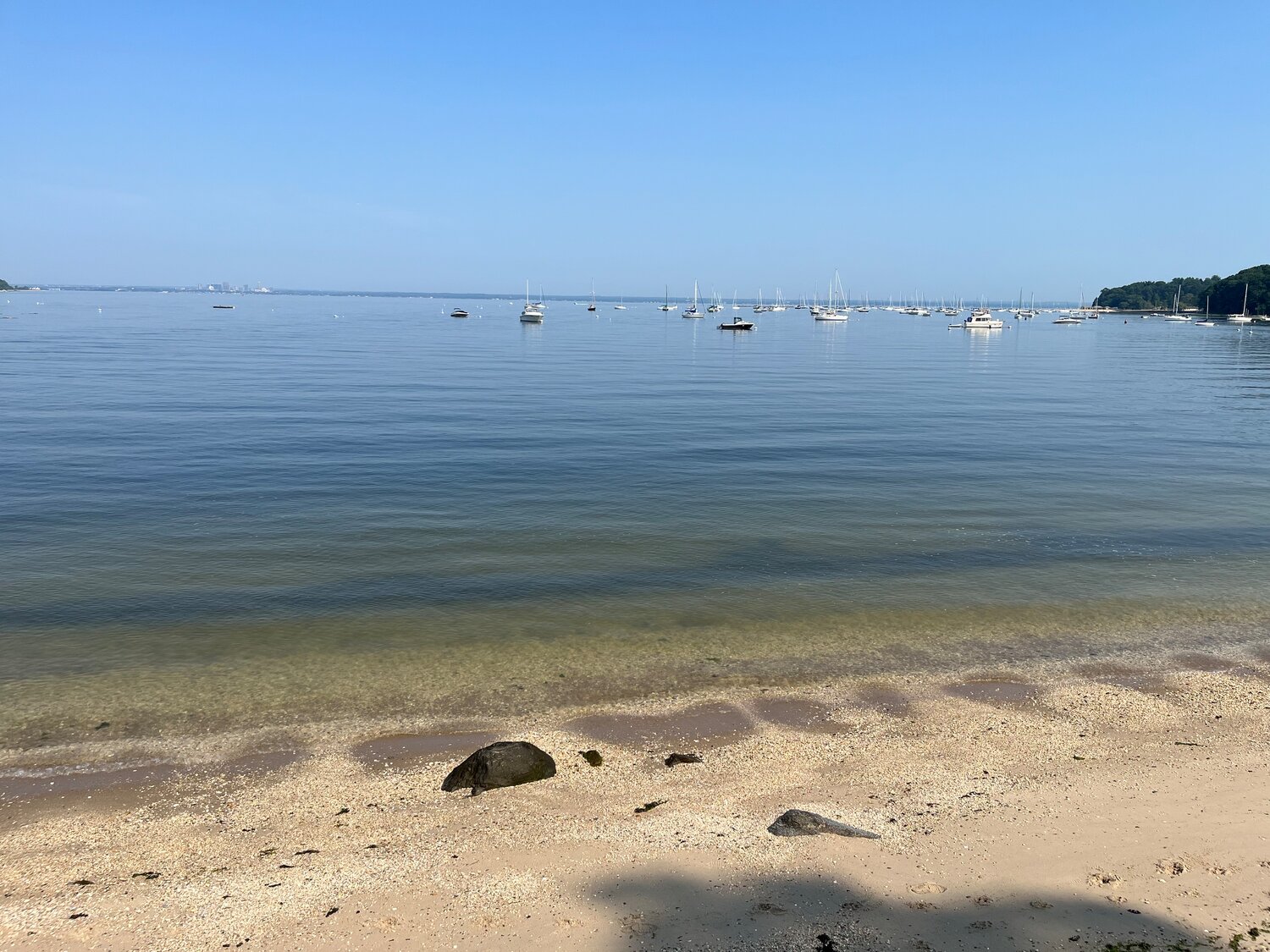North Shore beaches see mixed results in Save the Sound Beach Report
The environmental group Save the Sound released their annual Long Island Sound Beach Report, and unfortunately the results for Hempstead Harbor were mixed. The result of water quality sampling done by county agencies covering roughly 200 beaches on both sides of the Sound, the Sound Beach Report grades beaches and harbors based on levels of bacterial contamination.
While some beaches in the Town of Oyster Bay scored well, including A’s and A+’s for Centre Island’s Sound and Bay Beaches, Sea Cliff Beach received a B+ while Tappen received only a C+.
“Water quality at beaches around Long Island Sound has come so far, but we may be at a tipping point,” warned David Ansel, vice president of water protection for Save the Sound, in the Beach Report. “Increasing rainfall brought on by climate change threatens to undo decades of progress unless we act now.”
The scores represent how badly impacted the beaches have been through the rise of bacteria levels, which not only poison the water and kill wildlife, but can also pose risks to people who try to swim while bacteria levels are high. The rise in bacteria can be attributed to many factors, particularly higher rates of nitrogen in the water due to runoff from fertilizer and other common chemicals.
Michelle Lapinel McAllister, the programs director for The Coalition to Save Hempstead Harbor, a local nonprofit that works to raise awareness and preserve the harbor, explained that a lower score on the Beach Report does not mean a beach is dangerous, but that relative to other beaches it may contain higher bacteria levels on a given day. She added that the issue of sewage runoff likely exacerbated the levels of bacteria in Sea Cliff and Tappen Beaches, leading to the lower grades.
“The report doesn’t necessarily tell you whether it’s like safe to swim at a given beach,” McAllister explained. “It’s more of a general assessment of how they stack up and compare to each other.”
McAllister recommended that the best way Sea Cliff and Glen Head residents can help to reduce bacteria levels was by taking advantage of the Nassau County Septic Environmental Program to Improve Cleanliness, which provides funding of up to $20,000 to repair and replace older septic systems with nitrogen-reducing systems. She also mentioned that increased planting of local flora in the area can help create a buffer zone to filter out the nitrogen before it reaches the water.
According to Friends of the Bay, a nonprofit environmental organization based in Oyster Bay, the town has applied for a grant to install floating wetlands in Mill Pond, to “help mitigate the contaminants from the pond” which make their way to the Oyster Bay Harbor, where several of the beaches received B and C ratings. Save the Sound has also called on elected officials to focus on improving and repairing the area’s sewer and water-drainage systems, as many are outdated and can cause spillover into harbors, further increasing nitrogen and bacteria levels.
Joseph Saladino, the town’s supervisor, wrote in a statement that the town is doing everything it can to protect the local environment.
He referenced several programs the town was supporting, including planting an oyster and clam hatchery last year, as these shellfish naturally process and break down nitrogen at a rate of 80 gallons per day.
“In the Town of Oyster Bay, we are doing more than ever to help protect our beautiful harbor, which has long been considered one of the crown jewels of Oyster Bay,” Saladino stated. “As an avid lifelong environmentalist, I am especially glad to hear that water quality data is being studied so closely and that new measures are being taken to gather information and explore how we can get even better.”






